Latest keys

Pacific Pests, Pathogens and Weeds version 10 released
The PPPW version 10 has been released (web edition and native apps). This hugely popular resource is attracting well over 35k unique visitors a month. Work on new fact sheets continues, along with updating existing ones. Another update is expected soon. It will include deeper linkages to the Pestnet community (https://app.pestnet.org), where users of PPPW can ask questions and discuss their pest, pathogen or weed issues.
https://apps.lucidcentral.org/pppw_v10/


Key to the Mantodea of Belize
This regional key is to the 21 known species of Mantodea in Belize.
Authors: Lohit Garikipati and Jason E. Bond, University of California Davis
https://keys.lucidcentral.org/keys/v4/mantodea_of_belize/
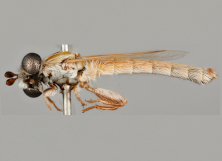
Eremohaplomydas, Haplomydas, and Lachnocorynus key (Lucid Pathway key)
This dichotomous key to species of the Afrotropical Mydidae genera Eremohaplomydas Bequaert, 1959, Haplomydas, Bezzi, 1924, and Lachnocorynus Hesse, 1969 is the result of a taxonomic revision published by Boschert & Dikow 2021 in African Invertebrates.
Authors: Claire Boschert and Torsten Dikow.
https://keys.lucidcentral.org/keys/v4/eremohaplomydas_dichotomous/
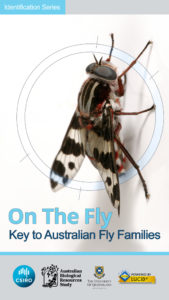
On the Fly
CSIRO Entomology’s ‘On the Fly - Families of Australian flies’ has now been updated and released as a Lucid mobile app on the Google and App stores.
https://keys.lucidcentral.org/search/on-the-fly/
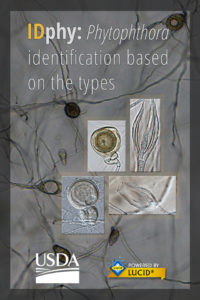
IDphy: molecular and morphological identification of Phytophthora based on the types
Lucid Android and iOS apps of the IDphy key have now been released. IDphy was developed to facilitate accurate and efficient identification of Phytophthora to species, using type specimens from the original descriptions for reference wherever possible. IDphy focuses on species of high economic impact and species of regulatory concern for the U.S. IDphy includes molecular and morphological tools to aid in the identification of the 161 culturable species of Phytophthora described as of May 2018.
https://idtools.org/id/phytophthora/index.php
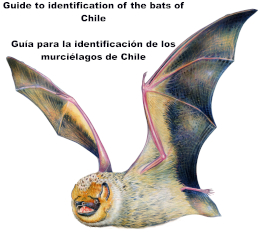
Guide to identification of the bats of Chile (Guía para la identificación de los murciélagos de Chile)
Identification guide for the bats of Chile. These keys provide identification for both bats in hand and non-invasive acoustic identification using species specific unique vocal signatures. This is the first Spanish language guide of a series of acoustic identifications for countries and regions for New World bats. Detailed vocal signature Fact Sheets, ecological distributions and conservation status is included along with a comprehensive glossary of acoustic terminology.
https://keys.lucidcentral.org/keys/v4/bats/chile
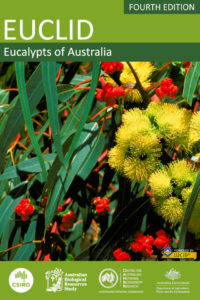
EUCLID - Eucalypts of Australia
Euclid’s popularity continues with the app still in the top 50 reference apps (No# 3). Due to the large number of new users and enquiries about this key we’ve put together some of the top FAQs.
Is it possible to search the content?
Yes, you can search via the Identification component (Identify) of the app. When using the identification key the search option is available in the top right of the main screen.
Can I save my identification progress or preselected features?
Yes, your identification sessions can be saved at any time via the menu using the ‘Sessions’ option in the identification menu. Loading a saved session also happens via this menu option.
Can I use the Euclid app without an Internet connection?
Yes, the app will work without an internet connection. If you want to access all the species images while offline, then you have the option to pre-download an image pack before going out into the field.
The splash screen seems to take a long time to disappear.
The splash screen is displayed for 1.5 seconds. If that’s too slow simply tap the splash screen for it to be dismissed and the app’s home screen will be immediately shown.
Android: https://play.google.com/store/apps/details?id=com.lucidcentral.mobile.euclid
Apple iOS: https://apps.apple.com/au/app/euclid-eucalypts-of-australia/id1503451097
USA iOS users: https://apps.apple.com/us/app/euclid-eucalypts-of-australia/id1503451097 |